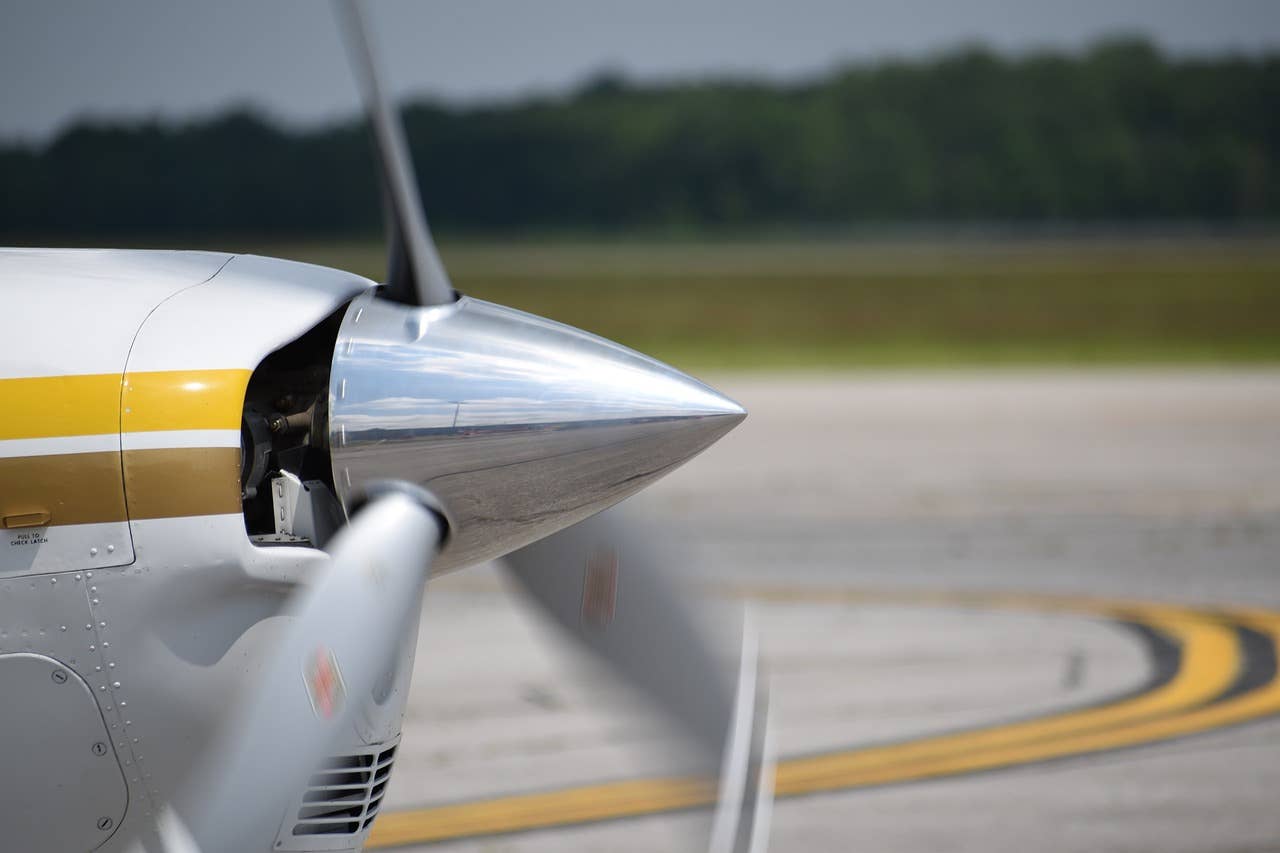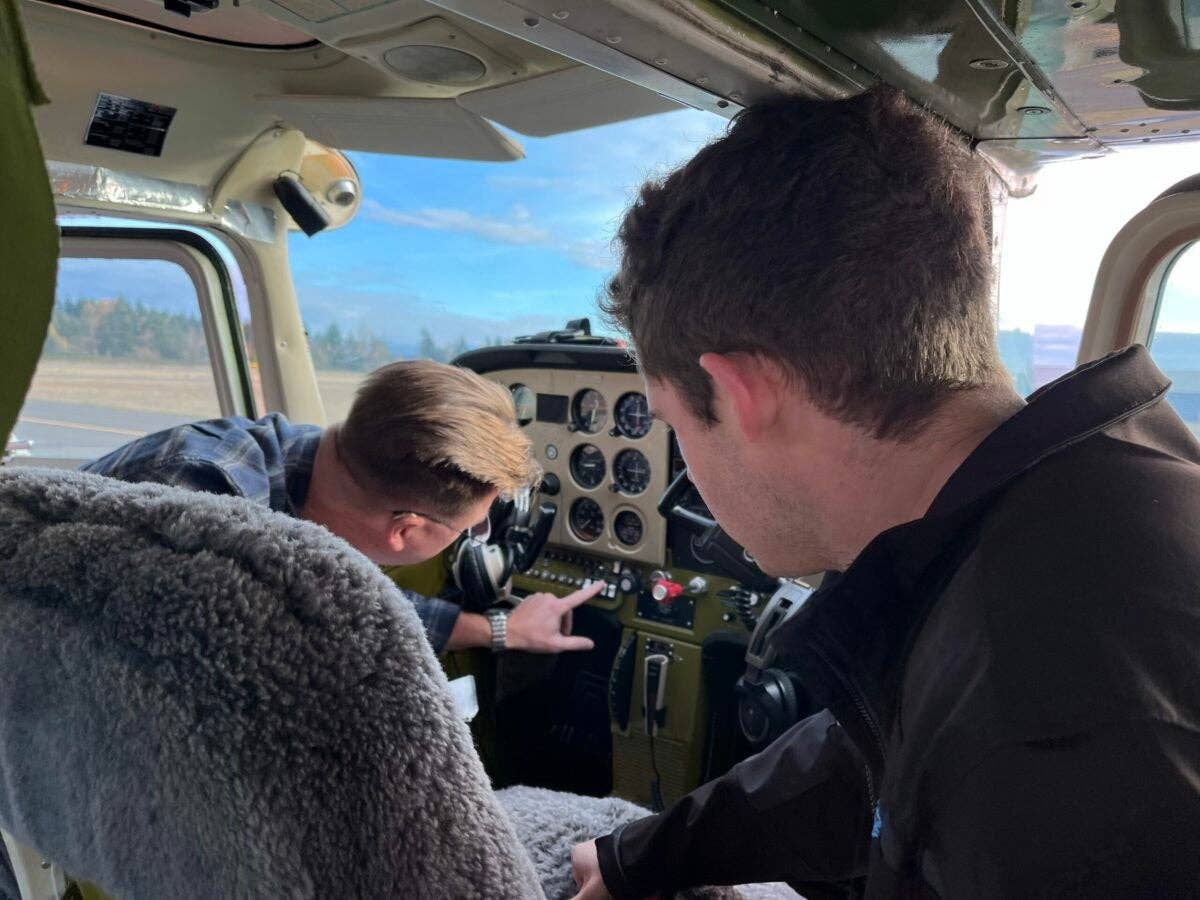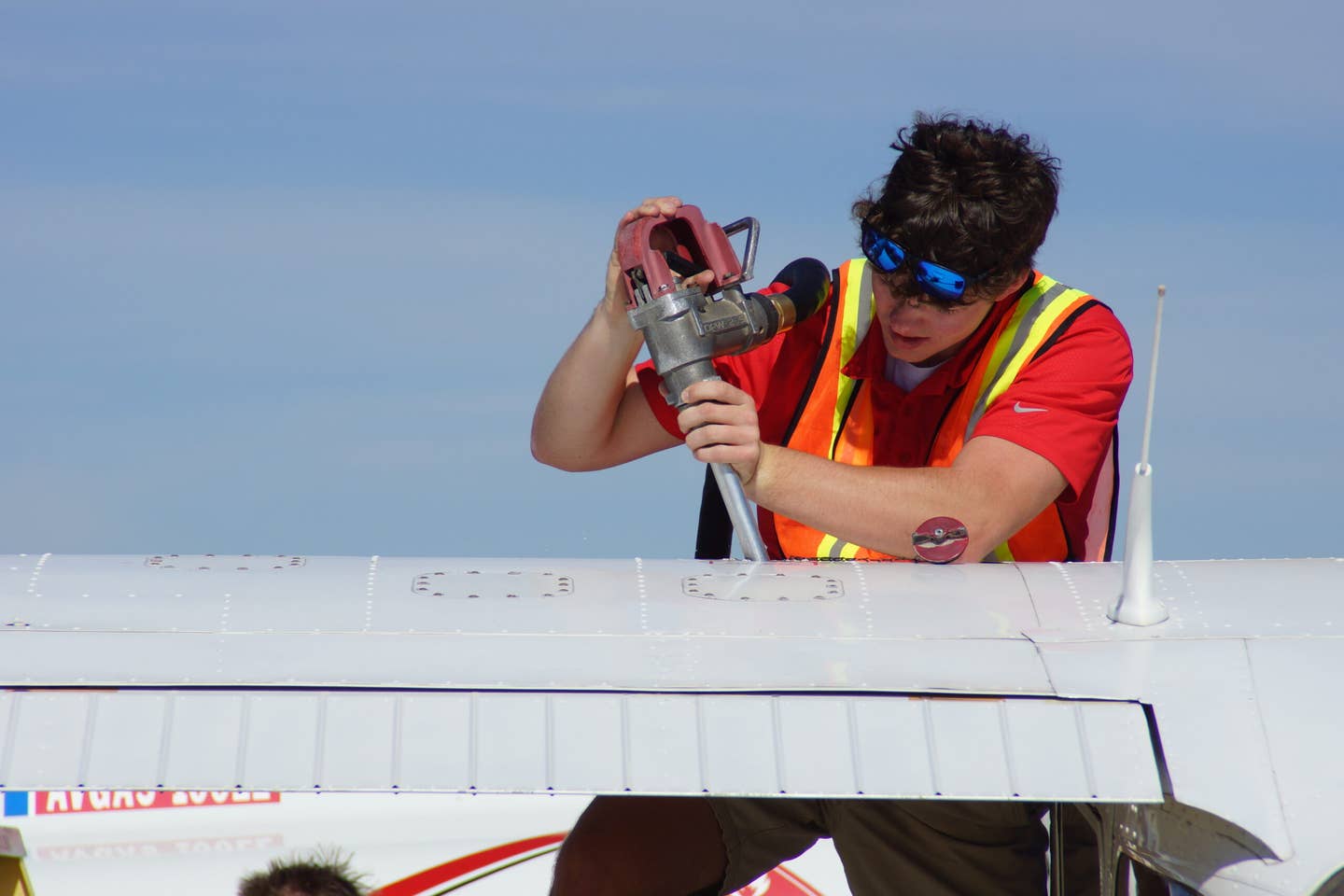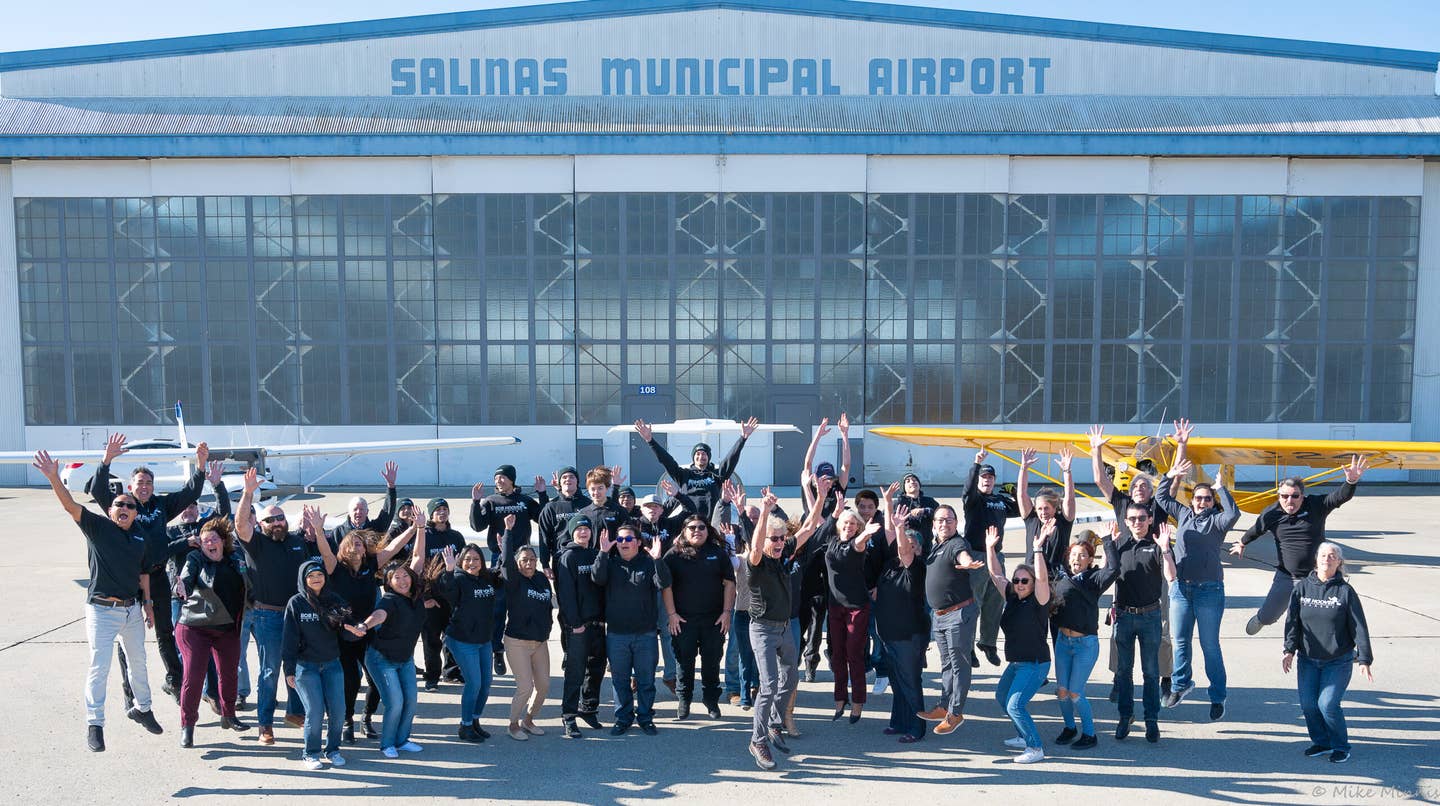Is Flight Training Getting Safer?
The AOPA Air Safety Institute and Liberty University School of Aeronautics study delves into 20 years of statistics.

Overall, the report suggests that flight training is getting safer. [Photo: OlinEJ/Pixabay]
One of the first questions people ask before they begin flight training is "how safe is it?" If a study recently compiled by the Aircraft Owners and Pilots Association Air Safety Institute and Liberty University School of Aeronautics is any indication, it is getting safer.
The study looked at flight training risks and innovations from 2000 to 2019 and took note of the number of accidents and their causes.
According to the report, loss of aircraft control comprises 54 percent of the fatal accidents that occur during instructional flight. Most of those are attributed to stall/spin events and happen in the pattern, often during a go-around, when the aircraft is at low altitude, high power, and high angle of attack. Overshooting the base-to-final turn has also been identified as a situation that puts a pilot at risk.
In both instances, a stall/spin event is not recoverable because of low altitude.
“The aviation industry has done an excellent job of stall/spin awareness when overshooting base to final,” said Robert Geske, AOPA Air Safety Institute manager of aviation safety analysis. “Similarly, we should stress stall/spin risk during takeoff, climbout, and go-around, and emphasize energy awareness and management during those flight phases.”
In the past several years there has been increased awareness of risk factors in aviation, and flight training is getting safer, according to Andrew Walton, Liberty University School of Aerospace director of safety.
“Sustained efforts by the FAA, NTSB [National Transportation Safety Board], manufacturers, and the flight training community have resulted in a fatal accident rate that is now roughly half of what it was at the start of the century," said Walton, “From 2000 to 2004, the fatal accident rate averaged 0.49 per hundred thousand hours and decreased to 0.26 in the last five years of the study. However, there remains plenty of work to do, particularly in mitigating the risk of loss of control in flight."
Other Accident Causal Factors
Accidents attributed to a loss of control during in-flight maneuvering continue to be a factor.
"The FAA’s decision to improve stall horn awareness by changing the slow flight maneuver in the airman certification standards (ACS) may have something to do with this,” the study suggested. “Instead of teaching the learner to perform slow flight with the stall warning activated the entire time and terminating the maneuver with a full stall, the FAA update has learners recovering at the first indication of stall, with more emphasis on recognizing the factors that lead to a stall and maintaining control during slow flight.”
Midair collisions were found to be the second-leading cause of fatal instructional accidents from 2000 to 2019. According to the study, 70 percent of those occurred outside the airport environment, with the majority happening at an altitude between 1,000 and 2,000 feet.
However, the number of midair collisions decreased, which researchers noted coincides with the introduction of ADS-B into the training fleet.
Controlled flight into terrain (CFIT) was listed as the third-leading cause of fatal instructional accidents, although it was noted there was a slight decrease in the overall number.
"Reduced visibility continues to play a role in most of the CFIT accidents, with 13 of the 19 accidents occurring at night and/or in IMC conditions,” the study said. “CFIT accidents largely occurred during maneuvering, followed by enroute and approach."
Other revelations from the research were that the majority of CFIT accidents happened at night in visual meteorological conditions, and when they happened in daylight, it was often due to inadvertent flight into instrument meteorological conditions or when the pilot was practicing emergency procedures or a missed approach and lost situational awareness, specifically their proximity to terrain.
Fuel mismanagement remains a causal factor in aviation accidents, although the study seemed to indicate that low-fuel alerting systems in more technically advanced aircraft have helped reduce the instances of fuel exhaustion. However, engine failure due to fuel starvation still occurred and was the result of the pilot's failure to switch fuel tanks or not having the fuel selector in the detent, which stopped fuel from reaching the engine.
Accidents due to component failure of the engine ranked fifth on the list. According to the study, there were 14 events attributed to this, with seven being blamed on improper maintenance, including a fuel filter installed backward another attributed to a carburetor’s missing cotter pin, and one due to poor magneto installation. Additionally, two engines failed suddenly—one due to an exhaust valve failure and one because of a corroded mixture cable that sheared during flight.
Changes in Training
The study also looked at the changes in flight training that may have affected the reduction in accidents. For example, the FAA updated the airman certification standards that required applicants to demonstrate risk management and aeronautical decision-making skills.
Ultimately, the results of the study will be used as a means to develop strategies to mitigate risk and prevent accidents in the future.
The complete report can be viewed here.

Subscribe to Our Newsletter
Get the latest FLYING stories delivered directly to your inbox






